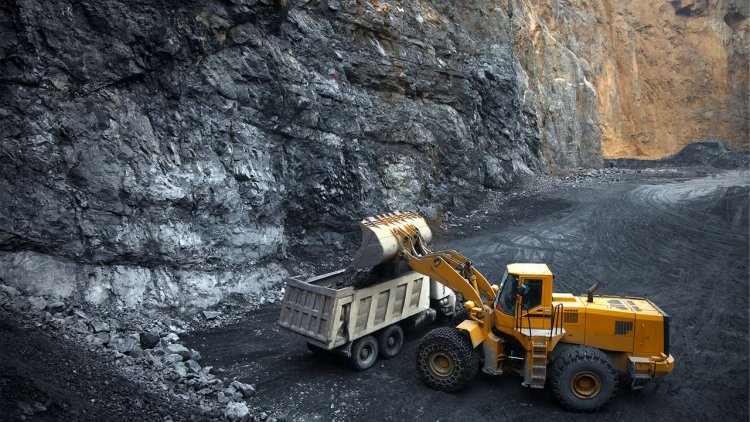Triton minerals re-commits to large-scale Ancuabe graphite project
The Australian mining company Triton Minerals, which holds the rights to three graphite deposits in the northern Mozambican province of Cabo Delgado, has announced that its board of directors and its backer Shandong Yulong have formally recommitted to the large-scale development of its Ancuabe Graphite Project.

According to a statement to the Australian Securities Exchange, Triton confirms that it will go ahead with the project in line with the 2017 Definitive Feasibility Study to build a globally significant graphite development project, boasting a rate of return of 37 per cent with a short payback period of just 3.7 years. This would be achieved through the production of 60 kilotonnes per annum of high-purity large flake graphite over a 27-year mine life.
The Chinese company Shandong Yulong confirmed, after a due diligence site visit, that its proposed cornerstone shareholding in Triton will be a strategic asset in its battery metals portfolio. It is looking to invest five million Australian dollars in the project and will also support key inputs such as engineering, mining technology and construction, marketing, and finance.
As a result of this and other positive factors, such as the increasing demand for graphite and the “potentially exceptional returns”, Triton is to move straight to large-scale development.
According to the chair of Triton’s board of directors, Rod Zhang, “the Ancuabe project is a world-class graphite project due to its high purity and large flake concentrate, providing a sound basis to secure premium sales prices in a highly competitive market and combined with the proximity to port, road and power infrastructure, and location within a proven graphite producing region”. He added, “Yulong is very eager to assist the Company get into production as soon as possible”.
Triton is currently updating the 2017 feasibility study to incorporate current prices and borrowing costs.
Graphite is a highly valued form of carbon due to its properties as a conductor of electricity. It is used in batteries and fuel cells and is the basis for the “miracle material” graphene, which is the strongest material ever measured, with vast potential for use in the electronics industries.
(AIM)
























